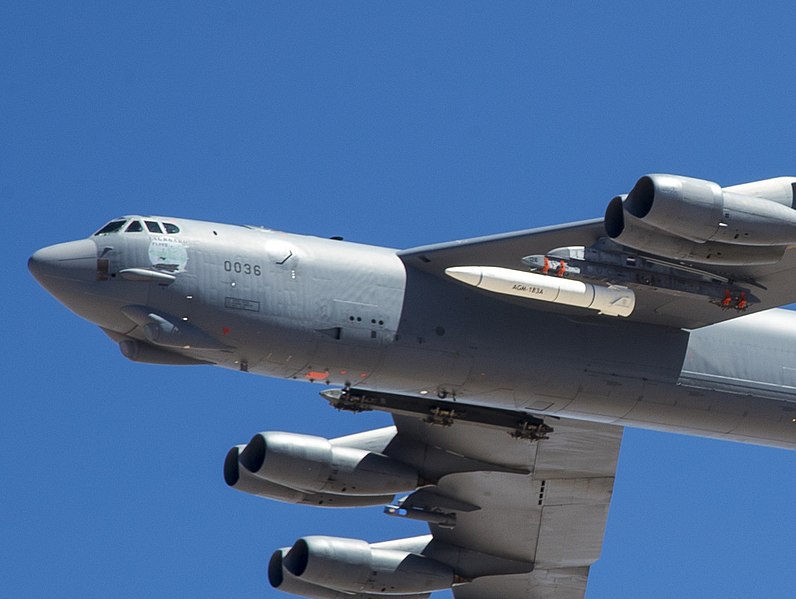
AGM-183A ARRW is a Hypersonic boost-glide missile. The warhead separates from its booster in flight and glides at over mach 20 to the target at distance of up to 575 miles. The leaders in Hypersonic technology are United States, Russia/India and now China.
Hypersonic missiles right now are unstoppable. This is because they can weave and bob so their projected flight path is unknown. This is what makes these missiles so dangerous. The other fact is the cruise missile (scramjet) variety is travelling at over Mach 5 and the glide variety is travelling at about Mach 20.
United States and Russia have been researching scramjet engines for decades. These engines are supersonic combustion ramjets, using oxygen from the atmosphere.
China, which has been boasting about its hypersonic capabilities, but can only produce a hypersonic-glide vehicle. Their missile is ground launched, goes into low orbit and “skips” along the atmosphere. After all, China still cannot produce a decent jet fighter engine, let alone a scramjet engine (China is so desperate for foreign technology it is trying to buy a jet engine manufacturing plant in the Ukraine).
United States at one time led the field in scramjet engine designs by a decade, and tried producing hypersonic missiles. Because of the high temperatures generated on leading edges and exhaust temperatures, they failed to bring this technology to fruition.
This is one of the weak spots of the missile is its heat signature. United States is planning to use hundreds of small satellites to track these weapons.
The other weakness of these weapons, maybe the guidance systems for the non nuclear glide variety. Being able to hit moving targets may prove difficult with the reentry heat envelope generated by its high hypersonic speed.
- United States in Aug. 2019 has awarded a contract to Dynetics for $352 million to build 20 Common-Hypersonic Glide Bodies (C-HGB) for the Army, Navy and Air Force.
- Lockheed Martin was awarded contract for $347 million for eight guidance systems and rocket boosters for the hypersonic glide bodies. $928 million for air force’s (HCSW) version.
These first hypersonic missiles will be technically for testing but will be field ready by 2023. Yes, United States is deploying hypersonic missiles for the army, navy and air force rapidly surpassing China’s land based only launchers.
image sources
- AGM-183A_ARRW_on_a_B-52_June_2019_wikimedia: Christopher Okula | Public Domain